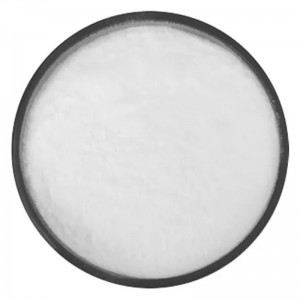| Basic Information | |
| Product name | L-Alanine |
| Grade | Food grade/Pharma grade/Feed grade |
| Appearance | white crystalline powder |
| Assay | 98.5%-101% |
| Shelf life | 2 Years |
| Packing | 25kg/drum |
| Characteristic | Stable. Incompatible with strong oxidizing agents. soluble in water (25℃, 17%), slightly soluble in ethanol, insoluble in ether. |
| Condition | Store in dry and cool place, and keep far away from sunlight. |
Introduction of L-Alanine
L-Alanine (also called 2-aminopropanoic acid, α-aminopropanoic acid) is an amino acid that helps the body convert the simple glucose into energy and eliminate excess toxins from the liver. Amino acids are the building blocks of important proteins and are key to building strong and healthy muscles. L-Alanine belongs to non-essential amino acids, which can be synthesized by the body. However, all amino acids may become essential if the body is unable to produce them. People with low-protein diets or eating disorders, liver disease, diabetes, or genetic conditions that cause Urea Cycle Disorders (UCDs) may need to take alanine supplements to avoid a deficiency. L-Alanine has been shown to help protect cells from being damaged during intense aerobic activity when the body cannibalizes muscle protein to produce energy. It is used to support prostate health and is important for the regulation of insulin.
Uses of L-alanine
L-alanine is the L-enantiomer of alanine. L-Alanine is utilized in clinical nutrition as a component for parenteral and enteral nutrition. L-Alanine plays a key role in transferring nitrogen from tissue sites to the liver. L-Alanine is widely used as nutrition supplements, as sweetener and flavor enhancer in the food industry, as flavor enhancer and preservative in the beverage industry, as intermediate for medicine manufacturing in pharmaceutical, as nutritional supplement and sour corrective agent in agriculture/animal feed, and as intermediate in manufacturing of various organic chemicals.















